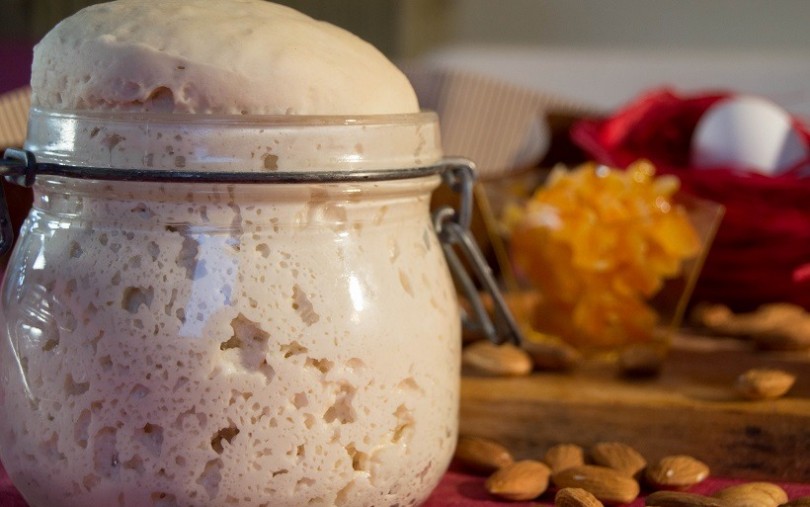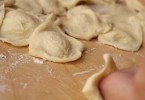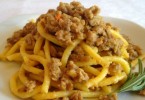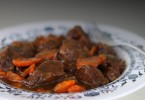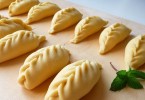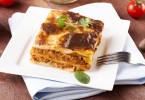Mother dough: what is it?
Mother dough is also known as pre-ferment or sourdough starter. All them mean a LIVE dough that ferments spontaneously where bacteria and lactic ferments spread. This means that the mother doesn’t need further adding of yeasts or bacteria, but only the microorganism inside it are “fed” periodically. The mother dough requires patient, at the beginning it is important to make it active and acid to the right point and then keeping it alive with continuous refresh of flour and water.
It is a leavening agent perfect for the preparation of some products, which properties were already known in ancient times. In the past, in fact, it was used a forefather to make the bread more fragrant.
Because of the recent technological developments and the diffusion of brewer’s yeast, the use of mother dough has decrease, despite the fact that it is the best way to give aromas, taste and consistency to the product that you want to prepare thanks to the great biodiversity of the biological starters that contain.
It is fundamental to highlight that the mother yeast is made of active microorganism, among which the yeast Saccharomyces and Candida and other homofermentative lactobacillus (that produces only lactic acid and carbon dioxide) and heterofermentative (that produces also secondary elements), they are responsible of the acidification of the dough and of numerous nutritional, organoleptic and tasting changes of the product obtained with the mother dough.
Mother yeast: how is it made? The tradition tells it

To describe the preparation of mother yeast we decided to ask to who uses it for years, the owner of an “agriturismo” that uses it for Easter and Christmas desserts (Pandoro and Panettone). Here you can find what he told us:
“I’ve learned to make it from my grandmother. She used to take 100 gr of warm water at around 36 degrees and 230 gr of flour 00, two drops of lemon to activate the fermentation, she covered everything with a humid towel and left it in kitchen at a warm temperature to leaven for 2 days… then, once fermented and thus once obtained the “mother”, she used it to prepare the bread, the so-called “Eastern fugassa” or Panettone for Christmas. To make it always alive, each weekend she added half a dose of water and around 200 gr of flour”.
The yeast used in the preparation of leavened products, both savoury and sweet, and its quantity has to be at the 30% of the whole weight of the ingredients.

